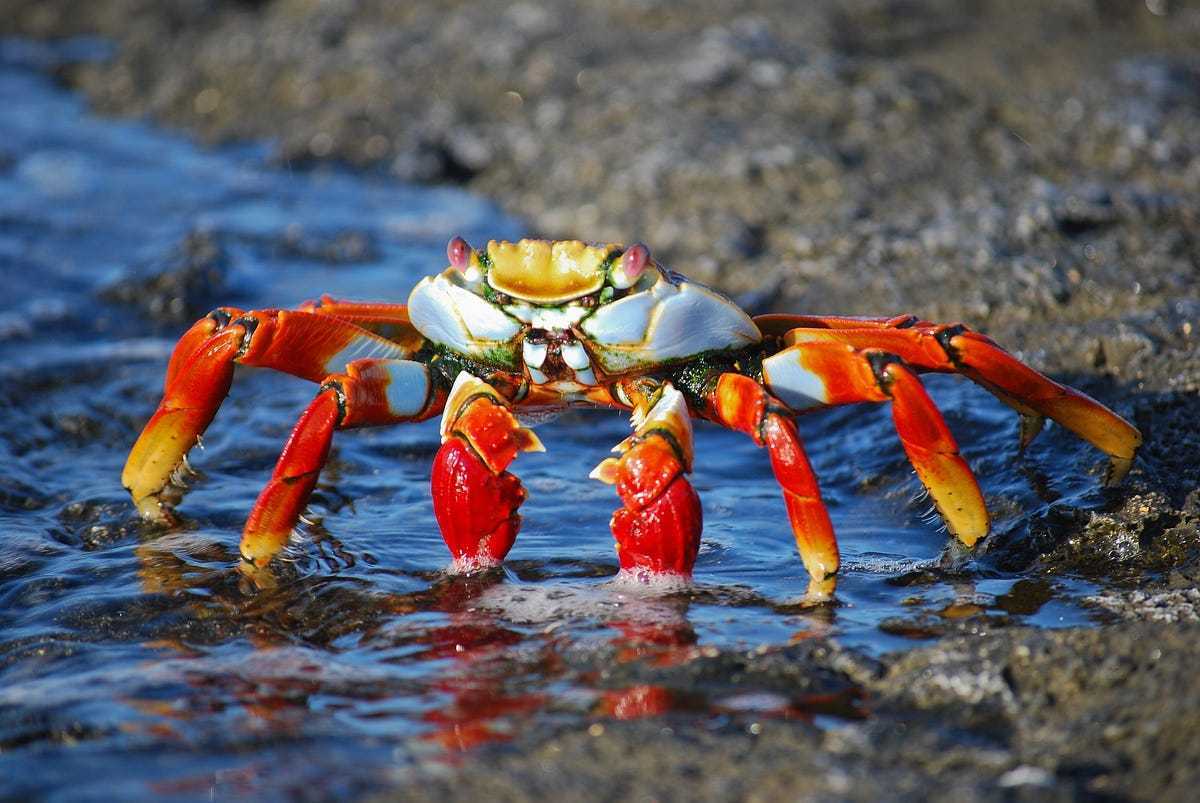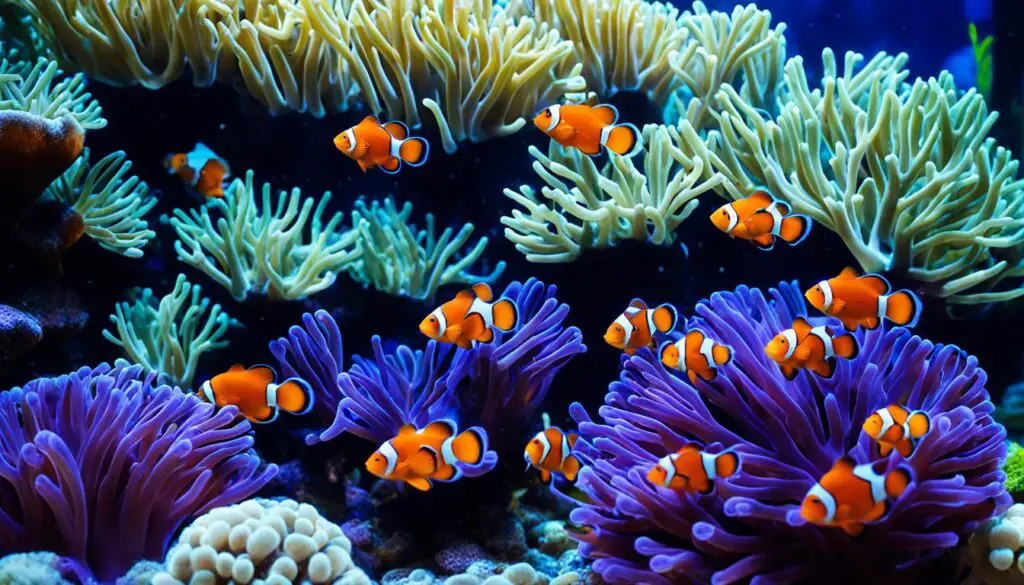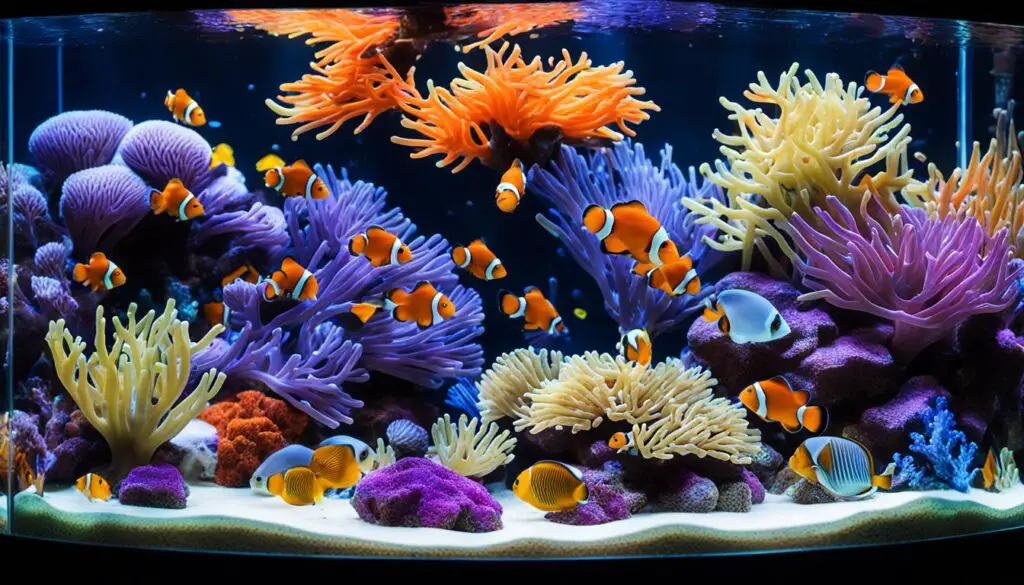Do Crabs Have Noses

Introduction
Do Crabs Have Noses: The question of whether crabs have noses might seem peculiar at first glance, but it delves into the intriguing world of crustacean biology and sensory perception. Crabs are fascinating creatures, renowned for their unique physiology and adaptive behaviors. To better understand whether crabs possess noses, we must explore their anatomy and sensory mechanisms.
Unlike mammals, which rely on a pair of external nostrils to detect odors in the air, crabs have a more intricate set of sensory structures. These creatures primarily inhabit aquatic environments, where the ability to detect chemical cues is essential for survival. While crabs don’t have traditional noses, they possess specialized sensory organs that serve a similar purpose.
One of these sensory structures is the antennae, which play a vital role in detecting chemical signals in the water. Crabs use their antennae not only for locating potential mates but also for finding food and avoiding predators. Additionally, crabs have tiny hair-like structures called setae on crabs legs and other appendages, which further aid in detecting chemical cues and vibrations in their environment.
We’ll delve into the nuances of their sensory adaptations. This exploration will shed light on how these intriguing creatures navigate their underwater world, relying on a sophisticated array of sensory tools to thrive in their unique habitats.

Can crabs have noses?
Instead, they use their sense of smell to guide them to food. However, crabs don’t have noses. Instead, they use chemoreception as their method of smell.
The intriguing question of whether crabs can have noses leads us into the captivating realm of crustacean biology. Unlike mammals, which possess external nostrils for detecting airborne odors, crabs employ a unique set of sensory adaptations to navigate their underwater world. While crabs do not have noses in the conventional sense, they boast specialized structures that serve analogous functions.
Foremost among these structures are the antennae, which play a pivotal role in perceiving chemical signals in the aquatic environment. Crabs utilize their antennae to locate mates, detect food, and avoid potential threats. Additionally, they rely on tiny hair-like setae on their appendages to discern chemical cues and vibrations, further enhancing their sensory capabilities.
Thus, while the term “nose” may not accurately describe a crab’s sensory apparatus, their adaptations are exquisitely tailored to their ecological niche. This inquiry underscores the diverse strategies employed by different species for survival in their respective habitats. It reminds us that nature’s creativity knows no bounds, as crabs exemplify the elegance of evolutionary solutions to life’s challenges.
The question of whether crabs have noses invites us to appreciate the richness of biodiversity and the intricate ways in which organisms interact with their environments. It underscores the importance of curiosity-driven exploration and ecological understanding in our ongoing quest to comprehend the natural world.
Do crabs smell their food?
Did you know that crabs smell from their antennae?! Crabs have chemoreceptors located within their antennae that allow them to detect chemicals in the water that are released by their prey. These chemoreceptors also help in determining what prey is worth eating and what they should be attracted to or deterred by.
While crabs may not “smell” their food in the way humans do, they have evolved remarkable sensory adaptations that allow them to detect and locate their prey in their aquatic habitats. Crabs predominantly rely on their keen sense of chemical perception rather than traditional olfactory senses.
Crabs possess specialized sensory structures, such as antennae and setae, which play essential roles in locating food. Their antennae are equipped with chemoreceptors that can detect minute traces of chemical compounds dissolved in the water. When organic matter, such as decaying plants or small prey, releases chemical cues into the surrounding environment, crabs can sense these substances through their antennae.
Additionally, crabs use their setae, tiny hair-like structures on their appendages, to enhance their ability to detect vibrations and chemical signals in their surroundings. These adaptations collectively enable them to locate and identify potential sources of food.
So, while crabs don’t smell food in the same way humans do with their noses, they have evolved sophisticated sensory mechanisms that allow them to perceive and respond to chemical cues in their underwater world. This adaptation is a testament to the diversity of life and the ingenious ways in which different species have evolved to thrive in their specific ecological niches.
How can crab smell?
Each crab has a set of small, waving antennae that help them sniff out chemical signals in the water. When the crab encounters an important scent, it begins flicking its antennae faster to help it process the signal.
Instead, these crustaceans have evolved a sophisticated array of sensory adaptations that allow them to detect and respond to chemical cues in their aquatic environments. The primary sensory organ that plays a crucial role in crab chemoreception is their antennae. These specialized appendages are equipped with chemoreceptors, which are sensitive to chemical compounds dissolved in the water. When organic matter, potential prey, or other substances release chemical signals, crabs can detect them through their antennae.
This allows them to locate food sources, identify potential mates, and even avoid predators by sensing chemical cues. Additionally, crabs have small hair-like structures called setae on their appendages, which further enhance their sensory abilities. These setae can detect both chemical signals and vibrations in the water, providing crabs with a comprehensive understanding of their surroundings.
While crabs don’t “smell” in the traditional sense, they possess highly specialized adaptations that enable them to perceive and respond to chemical cues, making them well-suited to thrive in their unique underwater habitats. This remarkable example of sensory evolution underscores the diversity of life and the ways in which different species have evolved to adapt to their specific ecological niches.
Where is a crabs nose?
It’s different for crabs; they detect smells externally using a set of antennae located between their eyes.
Crabs don’t have a nose in the way that humans do, with external nostrils. Instead, their sensory apparatus is quite different and adapted to their aquatic lifestyle. The primary sensory structures in crabs are their antennae. These antennae are located on the crab’s head and play a crucial role in chemoreception, which is the detection of chemical signals in their environment.
While not a traditional nose, these antennae serve a similar function. They are equipped with chemoreceptors that can detect chemical compounds dissolved in the water. When crabs encounter these chemical cues, they can sense them through their antennae, allowing them to locate food, identify potential mates, and navigate their surroundings.
In addition to their antennae, crabs have tiny hair-like structures called setae on their appendages, which further aid in chemoreception. These setae can detect both chemical signals and vibrations in the water, providing crabs with a comprehensive sensory system suited for their underwater world.
So, while crabs lack a nose as humans have, they possess specialized sensory adaptations, primarily in the form of antennae and setae, that allow them to detect and respond to chemical cues, making them well-adapted to their aquatic habitats.
Can crabs smell underwater?
The sense the mud crabs use is smell: their own underwater version. Small hairs on their antennae, which, when swept back and forth, can detect chemical scents in the water around them.
They rely on specialized organs called statocysts, located in their front head region, which function as their olfactory system. These statocysts contain tiny grains of calcium carbonate, which respond to changes in motion and orientation. When a crab encounters a chemical signal in the water, such as the scent of food or the presence of a potential mate, it triggers a series of responses within these statocysts.
The process begins with the crab’s antennae, which are covered in sensitive hairs called setae. These setae pick up the chemical cues from the surrounding water. The information is then relayed to the statocysts, where the calcium grains act as receptors, converting the chemical signals into electrical impulses. These impulses are then transmitted to the crab’s brain, allowing it to interpret and respond to its environment.
This keen sense of smell is crucial for a crab’s survival. It helps them locate food, identify potential threats, and find suitable mates for reproduction. Whether navigating murky waters or foraging in the depths of the ocean, a crab’s olfactory prowess is a vital tool in its arsenal for thriving in its underwater habitat.
How do crabs breathe?
Crabs have a unique respiratory system that allows them to extract oxygen from both water and air. They possess gills, which are specialized structures located in their gill chambers, protected by a bony plate called the carapace. These gills are feathery in appearance and highly vascularized, facilitating the exchange of gases.
To respire, crabs utilize a combination of gill movement and water circulation. They draw water over their gills by rhythmically beating specialized appendages called maxillipeds. These movements create a flow of oxygenated water, allowing the gills to extract dissolved oxygen and expel carbon dioxide.
Crabs are well-adapted for a semi-aquatic lifestyle. They can remain submerged for extended periods, but they also have the ability to venture onto land. To prevent their gills from drying out, many crab species have developed a moist, protective chamber known as the branchial chamber, which retains a thin film of water even when they are on land.
This dual-respiratory system equips crabs to thrive in diverse environments, from the depths of the ocean to intertidal zones. It’s a remarkable adaptation that allows them to navigate their dynamic habitats and underscores their resilience in the face of changing conditions.
Are there different types of sensory structures in crabs for smelling?
Crabs possess a variety of sensory structures that facilitate their sense of smell, enabling them to navigate their environment and locate food, mates, and potential threats. The primary olfactory organs in crabs are called aesthetascs. These are specialized structures located on the antennules, which are the smaller pair of antennae found near the crab’s mouthparts. Aesthetascs are covered in tiny hair-like projections called setae, which are highly sensitive to chemical cues in the water.
Additionally, crabs have statocysts, which are sensory organs responsible for detecting changes in motion and orientation. These organs are also equipped to perceive chemical signals in the water. Statocysts contain small particles of calcium carbonate, which help the crab detect vibrations and movements caused by nearby objects or disturbances in the water.
The antennules with their aesthetascs are particularly adept at detecting specific chemical compounds, while the statocysts contribute to the overall sensory perception, helping crabs respond to their surroundings effectively. This intricate combination of sensory adaptations allows crabs to thrive in their diverse aquatic habitats.
How important is their sense of smell to crabs?
The sense of smell is absolutely vital to crabs, playing a pivotal role in their survival and daily activities. It serves as their primary means of gathering crucial information about their environment.
First and foremost, the sense of smell helps crabs locate food. Whether they are scavenging for detritus or actively hunting prey, being able to detect the chemical signatures of potential meals is essential. This ability ensures they can secure the necessary nutrients for energy and growth.
Their olfactory senses are crucial in social interactions and reproduction. Male crabs, for instance, use chemical cues to identify receptive females and to establish dominance during mating rituals. Likewise, females release pheromones to signal their readiness to mate, which males can detect even from a distance.
Additionally, the sense of smell is crucial for detecting potential threats and avoiding predators. By sensing the chemical cues of danger, crabs can swiftly react, seeking refuge or adopting defensive postures.
In a broader sense, this heightened olfactory capacity allows crabs to effectively navigate their often challenging and competitive environments. Whether in the intertidal zones, the depths of the ocean, or even occasionally on land, their keen sense of smell is a cornerstone of their adaptability and survival strategies.

Conclusion
The question of whether crabs have noses is an engaging exploration into the intricate world of crustacean biology and sensory perception. While crabs do not possess traditional noses as humans do, crabs exhibit a remarkable array of specialized sensory adaptations that serve similar functions.
Crabs rely on their antennae and setae to detect chemical cues and vibrations in their aquatic environments. These adaptations allow them to locate potential mates, find food, and avoid predators effectively. In essence, these sensory structures act as the equivalent of a nose in their world, enabling them to navigate their surroundings with precision.
Moreover, this inquiry into crab sensory mechanisms highlights the incredible diversity of life on Earth and the ingenious ways in which different species have evolved to adapt to their specific environments. Crabs, with their unique sensory adaptations, exemplify the marvels of nature’s solutions to survival challenges.
The quest to understand whether crabs have noses not only deepens our appreciation for the natural world but also underscores the importance of ecological research. By unraveling the mysteries of creatures like crabs, we gain insights into the delicate balance of ecosystems and the interconnectedness of all living organisms on our planet.
While crabs may not have noses in the conventional sense, their sensory adaptations offer a fascinating glimpse into the wonders of adaptation and evolution, reminding us of the endless marvels waiting to be discovered in the natural world.



